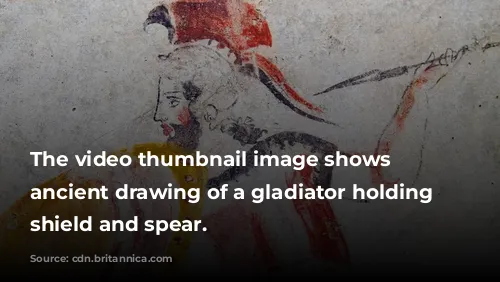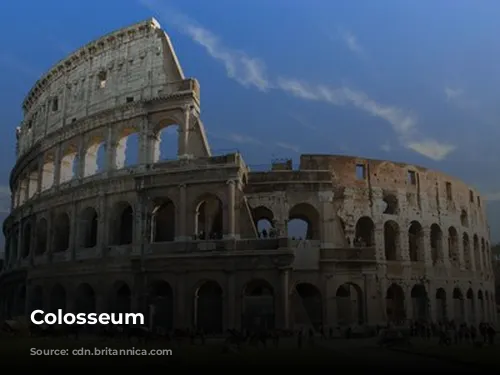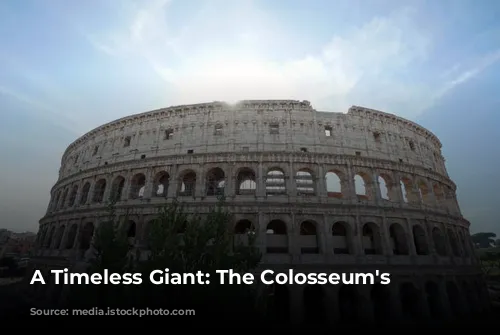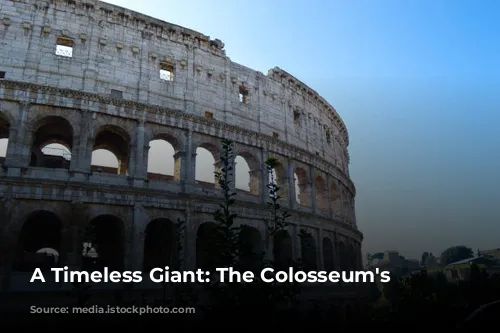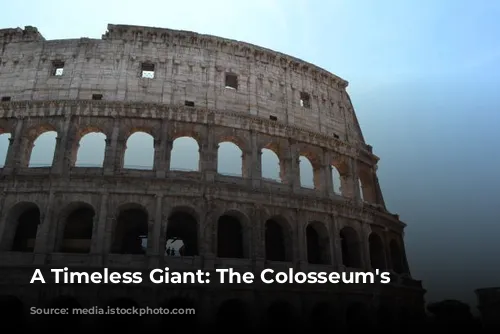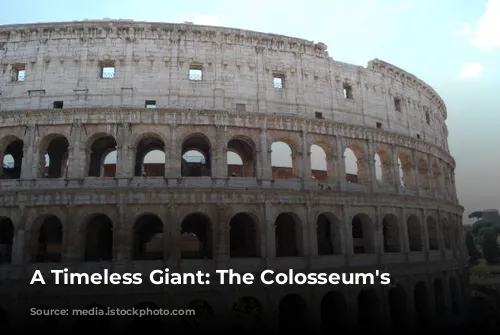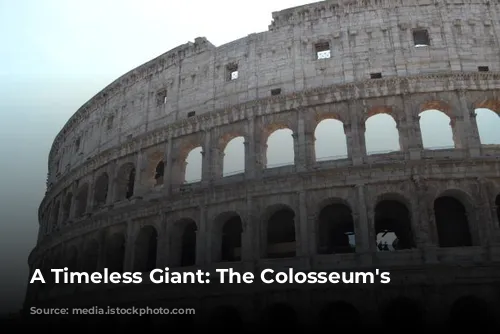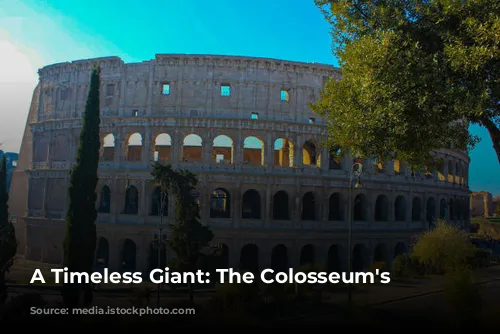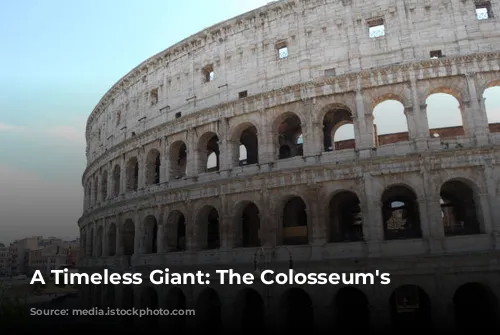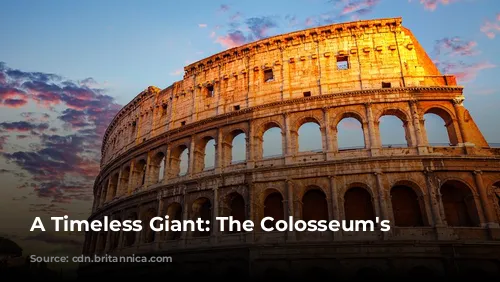The Colosseum, one of the few largely intact Roman structures, stands as a magnificent testament to ancient Rome’s architectural and engineering brilliance. This iconic landmark is not just a historical treasure; it’s also a significant contributor to Italy’s tourism economy. In 2018 alone, the Colosseum, Roman Forum, and Palatine Hill generated over $63.3 million (€53.8 million), making it Italy’s top tourist attraction.
This enduring monument has faced challenges throughout its history. After the fall of the Western Roman Empire, the Colosseum fell into a state of disrepair. The Frangipane and Annibaldi families, powerful Roman families, even used it as a fortress in the 12th century. In the late 15th century, Pope Alexander VI granted permission for the Colosseum to be used as a quarry, stripping it of its valuable materials. This period of neglect lasted over a thousand years before state-funded restoration efforts commenced in the 1990s.
A Symbol of Imperial Power
The Colosseum’s origins lie in a period of upheaval and change in Roman history. It was built during the Flavian dynasty, a period of imperial revival after the chaotic “Year of the Four Emperors” in 69 CE. Emperor Vespasian, known for his pragmatism and shrewdness, envisioned the Colosseum as a grand entertainment venue for the Roman people. It was designed to host a dazzling array of spectacles, from thrilling gladiator battles to animal hunts and even elaborate mock naval battles.
Construction of the Colosseum began under Vespasian between 70 and 72 CE. His son and successor, Titus, dedicated the completed structure in 80 CE with a magnificent 100-day festival. Emperor Domitian, Titus’s brother, added the fourth story to the Colosseum in 82 CE. It’s important to note that the Colosseum’s construction was funded by the spoils of war, specifically from the plundering of Jerusalem in 70 CE by Titus, and it was built by enslaved Jewish people from Judaea.
A Marvel of Engineering
The Colosseum stands as a testament to the Romans’ architectural ingenuity. Built as an amphitheater, it is also known as the Flavian Amphitheatre. This elliptical structure is a breathtaking combination of stone, concrete, and tuff. Rising to four stories, the Colosseum measures a staggering 620 by 513 feet (189 by 156 meters) and could accommodate an impressive 50,000 spectators. The Colosseum was famously used for gladiatorial combat, showcasing the skill and bravery of gladiators in front of an awe-struck Roman audience.
The Colosseum’s construction was an ambitious feat of engineering. Unlike many earlier amphitheaters, which were built into hillsides for support, the Colosseum is a free-standing structure. It utilizes a complex system of barrel vaults and groin vaults, showcasing the Romans’ mastery of structural engineering. Three of the Colosseum’s tiers are adorned with arcades, featuring engaged columns in the Doric, Ionic, and Corinthian styles, reflecting the Roman mastery of architectural design. The main structural framework and facade are made of travertine, the secondary walls of volcanic tuff, and the inner bowl and arcade vaults of concrete.
A Spectacle for the Ages
The Colosseum was designed to provide a comfortable and exciting experience for its massive audience. The Colosseum boasted a massive retractable awning known as a velarium, which shielded spectators from the sun. Hundreds of Roman sailors were needed to operate the velarium’s complex rigging, extending and retracting it as needed. The Colosseum was a stage for countless gladiatorial battles, animal hunts, and even dramatic mock naval battles. The arena was a place where Romans could witness a variety of spectacles, from the skill of gladiators to the might of wild animals and the pageantry of mock naval battles. The Colosseum was designed to inspire awe and excitement in its audience, leaving a lasting impression on those who witnessed these spectacular events.
From Glory to Neglect and Restoration
The Colosseum’s story reflects the ebb and flow of history. In medieval times, it was repurposed as a church, and later, as a fortress by prominent Roman families. Sadly, it was also affected by the destructive forces of nature and human neglect. Lightning strikes, earthquakes, and vandalism took their toll, and the once-magnificent Colosseum lost its marble seats and decorative materials. For over a thousand years, it was treated as little more than a quarry, slowly stripped of its valuable components. The Colosseum was left to fall into disrepair, a stark contrast to its former glory.
However, the Colosseum’s fate took a turn for the better in the 19th century. Pius VIII, a prominent figure in the Catholic Church, spearheaded efforts to preserve the Colosseum. Significant restoration efforts began in the 1990s, bringing this historical landmark back to life. The Colosseum stands as a testament to both human creativity and the resilience of a great historical monument. It continues to be a magnet for visitors from around the world, attracting millions annually, showcasing the enduring legacy of ancient Rome. The Colosseum is more than just an ancient structure; it’s a symbol of Rome’s rich history, a testament to the enduring power of human ingenuity and artistry, and a source of wonder and inspiration for generations to come.
